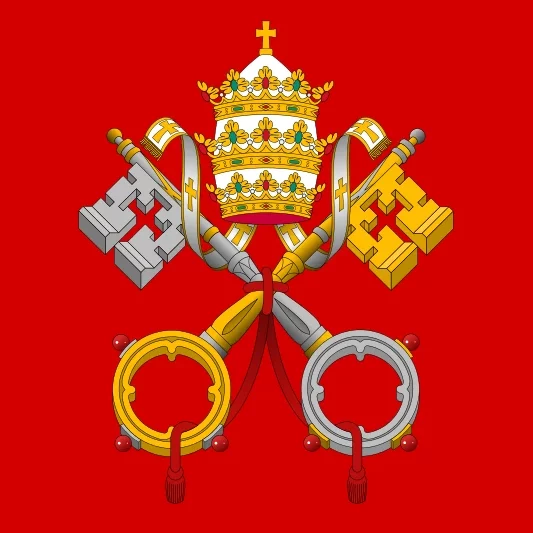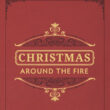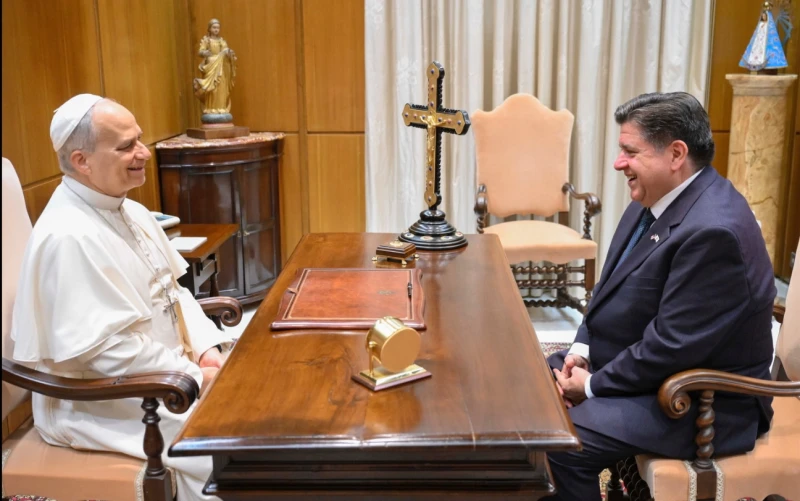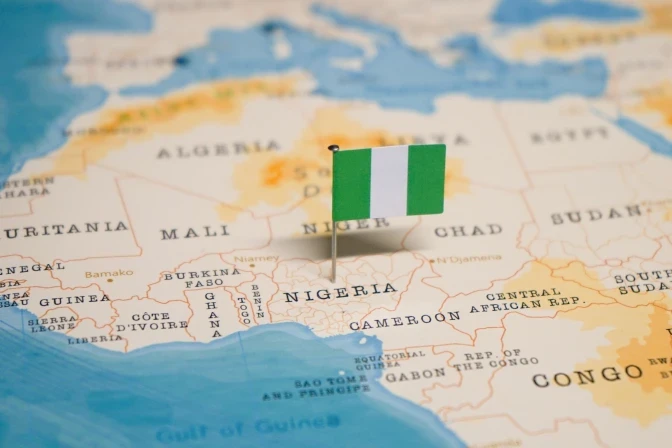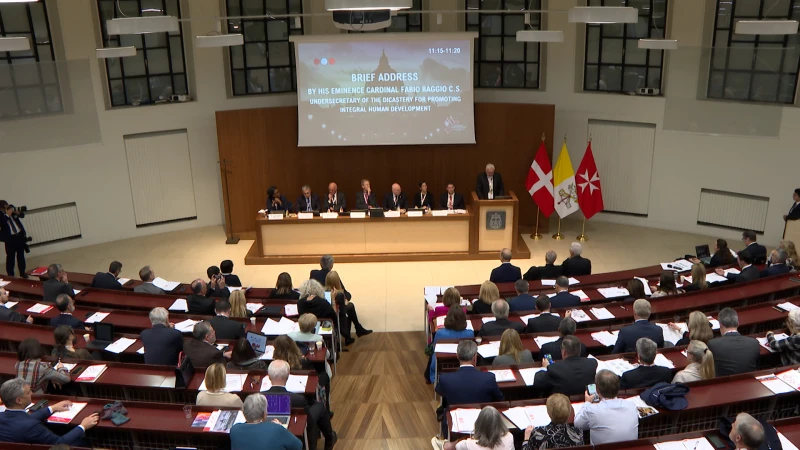If you go to daily Mass, you know it’s pretty unusual to run across much of a crowd.
If you go to Mass at your local parish, there may be only a handful of people there, many of them retired, with maybe a few homeschool families to round things out.
If you go to Mass at a Newman Center, or a downtown cathedral during the lunch hour, things are a bit different — at those places, there might well be a few hundred people at a daily Mass.
A congregation of nearly 1,000 — at least — would take most Americans by surprise at a weekday Mass, especially at a parish with at least five Masses every day of the week — and sometimes more.
But a recent visitor to St. Mary’s parish church in Dubai found exactly that.
St. Mary’s Catholic Parish is one of the largest parishes in the world, and a center of Catholic life for the Catholics who come from around the world to live and work in an Arabian city whose population has tripled in the last 20 years, mostly because of the migrants and their children who make up 85% of Dubai’s population.
Founded in 1967, and staffed by Capuchins, mostly from an Indian province, St. Mary’s is the only Catholic church in the city of Dubai — which means that by some estimates, the parish is responsible for at least 300,000 parishioners.
The parish is a lifeline to Catholic migrants living in Dubai — many of whom live there in adverse and gravely difficult situations.
Dubai, the largest city in the United Arab Emirates, is a hard place to understand. Just 60 years ago, the city could hardly be said to exist — it was a coastal outpost on the Arabian Peninsula with a population under 50,000.
But oil, struck in Dubai in 1966, changed everything. The Emirati citizens of Dubai became fabulously rich, and there was money to be made in Dubai for people from around the world. Infrastructure sprang up, and independent monarchies along the Persian Gulf formed the United Arab Emirates — a political union of convenience, which allows for seven small states to maintain their monarchical sovereignty, while banding together for the conveniences that make easier doing business with the rest of the world.
Dubai is a place unlike any other — it is something of the wild west, something of a booming oil town, something of an absolute Islamic monarchy, and something of an increasingly cosmopolitan global city. It is home to both the world’s tallest building, and to some of the world’s most abject poverty.
Dubai is also frequently the locus of serious human rights complaints. There are frequent charges that migrant construction workers and domestic laborers — sponsored for migration by the companies which employ them — operate in a kind of modern-day slavery, with their passports confiscated by their employers, while their wages are withheld to pay off massive debts.
The U.S. State Department said last year that the UAE’s government “demonstrated overall increasing efforts” to eliminate human trafficking, but that the country “does not fully meet the minimum standards” on the issue.
With oil money creating enormous dividend funds, and the economy diversifying fast, workers come to Dubai from around the world — including a growing number of American expatriates — to find financial opportunity. In many cases, those workers come alone, leaving behind families, to whom they send large portions of their paychecks each month.
Among those workers are hundreds of thousands of Catholics. And for them, St. Mary’s is meant to be a home.
On Sundays, the parish offers seven Masses in English, during each of which the congregation reportedly fills both the church and the square outside. The parish also offers Sunday Masses in Swahili, in Arabic, in French, in Malayalam, in Konkani, in Sinhalese, in Tamil, in Tagalog, in Ukrainian, and in Urdu.
If you’re not a Latin Catholic, the parish has a thriving Syro-Malabar Eastern Catholic community, which numbers in the thousands.
It is ordinarily very difficult to arrange a media interview in Dubai. Foreign journalists are required to obtain a license from the state in order to conduct interviews, and religious ministers are generally expected to obtain government permission before giving interviews.
In light of those requirements, St. Mary’s parish declined a recent interview request from The Pillar.
But a Capuchin priest in the parish could be overheard recently telling a visitor that “we have so many people here that we have to be very, very well organized.”
The priest told the visitor that there are some 10,000 children registered in a catechism program in the parish, with 7,000 in English, and 3,000 in other languages.
At Christmas and Easter, the priest could be heard saying, it is not unusual to see 25,000 worshippers at each parish Mass.
Dubai is an officially Muslim country, and conversions from Islam are technically a crime. The parish enjoys freedom of worship, but must be careful to avoid the appearance of proselytization. The parish church does not display crosses outside its walls, or any other symbols which might be seen as at odds with Muslim nation it inhabits.
Almost as a reminder of where the parish is, the adhan — the Muslim call to prayer — can be heard from a nearby mosque amid the responsorial psalm during midday Mass at St. Mary’s.
There is almost no place in Dubai out of earshot of a mosque; the call to prayer can be heard five times daily, almost everywhere. One Christian expatriate in Dubai tells a visitor that she has come to approach the adhan — it reminds her to stop and pray as well, and she’s grateful to be developing the habit.
At St. Mary’s, the parish priests baptize hundreds of children each month. The parish has two large wedding ceremonies each month, often with a dozen couples, or more, at each one.
During daily Mass, a line for confession stretches across the side of the church — and penitents remain in line until finally, almost an hour after Mass, the priest in the confessional is obliged to turn off the light for a few hours.
Another priest could be overheard recently telling a visitor that there are very few funerals at the parish.
“Everyone wants to go home to die,” he could be heard saying. “No one stays here to die.”
After the noon weekday Mass at St. Mary’s, parishioners line up outside the church for the distribution of a loaf of bread.
Some parishioners are dressed casually, but others wear medical scrubs, others are in coat and tie, or the uniforms of taxi drivers or maids, and some wear work boots and long sleeves, to keep the sun off their bodies on construction sites.
Everyone lines up for the bread — for some it is their noonday meal, and for others, receiving the loaf is a way of accepting hospitality from the parish.
Some parishioners stow the bread in their handbags, or eat it in a quick walk to the bus stop. But others munch their bread while standing in the square outside the church, to socialize.
One woman, in her 30s and from Kenya, tells a visitor that she had been in Dubai for seven years, working in retail shops.
It’s been a good place to make a living, she says, and to send some money home. She says that Dubai is much safer than Nairobi or Mombasa, the big cities in her country.
“Here, if you leave a car somewhere, it will be there when you get back.”
The woman emphasizes to a visitor that the parish is her spiritual home.
“What can I say about it? This is where I come every day, to pray.”
—
Darril, a parishioner from India with an MBA, describes to a visitor the Sunday congregation spilling out into the street from the Church’s square.
But Darril says he doubts that St. Mary’s is actually the most populous parish in the world, and begins telling stories about his home parish in India, across the Arabian Sea in Mumbai.
—
Noel is a Catholic, and the manager of a small canteen on the parish campus, adjacent to the parish school, where hundreds of children attend each day.
Noel invites a visitor for a cup of coffee, and when the visitor admits sheepishly to having none of the local currency, Noel insists that he receive the coffee as “a gift for my guest.”
Noel tells his guest that the parish is one of the most lively places in Dubai, and one of the least segregated — that he sees upper and middle class expats mingle freely, and develop real friendships, with working class laborers, crossing the social strata of Dubai’s complex web of societies.
He also offers to a visitor that he’d be glad to take him anywhere in the region. “My brother has a good car,” he explains. “Let us know how we can welcome you.”
Adjacent to the main church is the parish adoration chapel, labeled — Bethlehem, the “house of bread.”
In a nod to convergence of cultures in Dubai, worshippers are asked to remove their shoes before entering the adoration chapel.
The space inside is small, but nearly silent — worshippers sit quietly on the floor to pray, or kneel before the Blessed Sacrament in a large monstrance.
When a visitor takes out his phone to snap a photo, one worshiper points to a sign on the wall, a reminder to keep cell phones away in the adoration chapel.
Outside the chapel is a grotto to light candles, and a large statue of the Blessed Virgin Mary.
One parishioner tells a visitor that he lights candles for his children, almost half a world away, supported by his wages in Dubai, and by his prayers.
Pope Francis announced last week that he’s headed to Dubai at the end of this month, to attend a United Nations conference on climate change.
The pope will spend three days in Dubai, but has not yet announced an itinerary for his visit.
But it seems likely that with three days in the Arabian emirate, the pope could make a visit to St. Mary’s Catholic Parish. If he does, he will encounter a parish unlike any other, and yet, for its hundreds of thousands of parishioners — one that reminds them of the places they’ve left behind.
